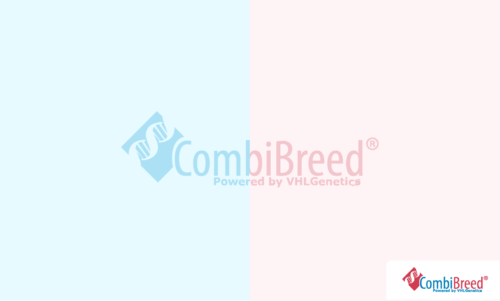
kr667,40 kr551,57 ekskl. mva
Protein Losing Nephropathy (PLN) er en tilstand der nyrene mister betydelige mengder protein, spesielt albumin, i urinen.
10 Arbeidsdager
Spesifikasjoner
| Breeds | |
|---|---|
| Organ | |
| Specimen | Svaber, EDTA blod, heparinblod, sæd, vev |
Generell informasjon
Protein Losing Nephropathy (PLN) er en tilstand der nyrene mister betydelige mengder protein, spesielt albumin, i urinen. Dette skjer når nyrenes filtreringssystem (spesielt glomeruli) blir skadet, slik at proteiner som skal beholdes i blodet kan passere inn i urinen. Dette fører til muskelsvinn, unormal væskeansamling i hud og lemmer, og nyresvikt.
Hunder som bærer en eller to kopier av mutasjonene er i fare for å utvikle PLN, med de som har to kopier som har en betydelig høyere sannsynlighet for sykdommen. Imidlertid er denne mutasjonen ufullstendig gjennomtrengende, noe som indikerer at andre genetiske og miljømessige faktorer også spiller en rolle i sykdommens utvikling.
Risikovurdering for PLN hos Soft Coated Wheaten Terrier og Airedale Terrier kan gjøres ved å screene for to forskjellige mutasjoner (en på gen KIRREL2 og en på gen NPHS1) som begge koder for proteiner som bestemmer størrelsen på molekylene som kan filtreres av nyrene.
Hos hunder kan PLN føre til en rekke symptomer, først og fremst relatert til tap av protein og dets effekter på kroppsfunksjoner. Symptomer kan omfatte væskeansamling i magen, huden og lemmer, og til slutt nyresvikt. Også vekttap, svakhet og sløvhet, nedsatt appetitt, oppkast eller diaré, dehydrering og økt (skummende) urin kan observeres.
Hunder som er homozygote for den PLN-predisponerende haplotypen, og dermed har aminosyresubstitusjonene i både NPHS1 og KIRREL2, har svært høy økt risiko for å utvikle PLN sammenlignet med hunder som er heterozygote eller homozygote for den ”normale” haplotypen eller alleler. Både mutasjonene i KIRREL2 og NPHS1 testes i denne kombinerte testen for PLN.
Referanser
Pubmed ID:
Omia ID:
